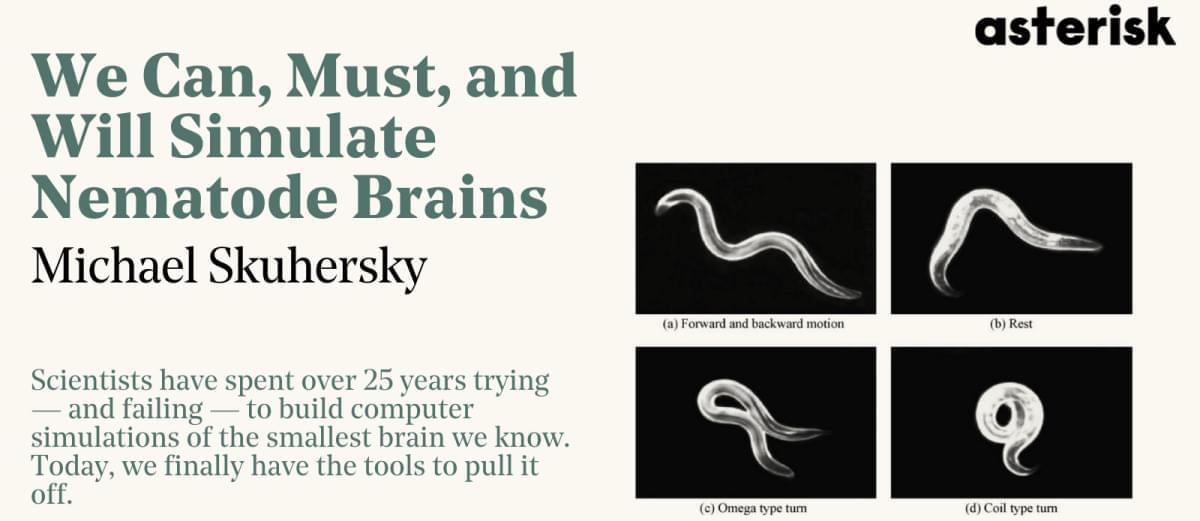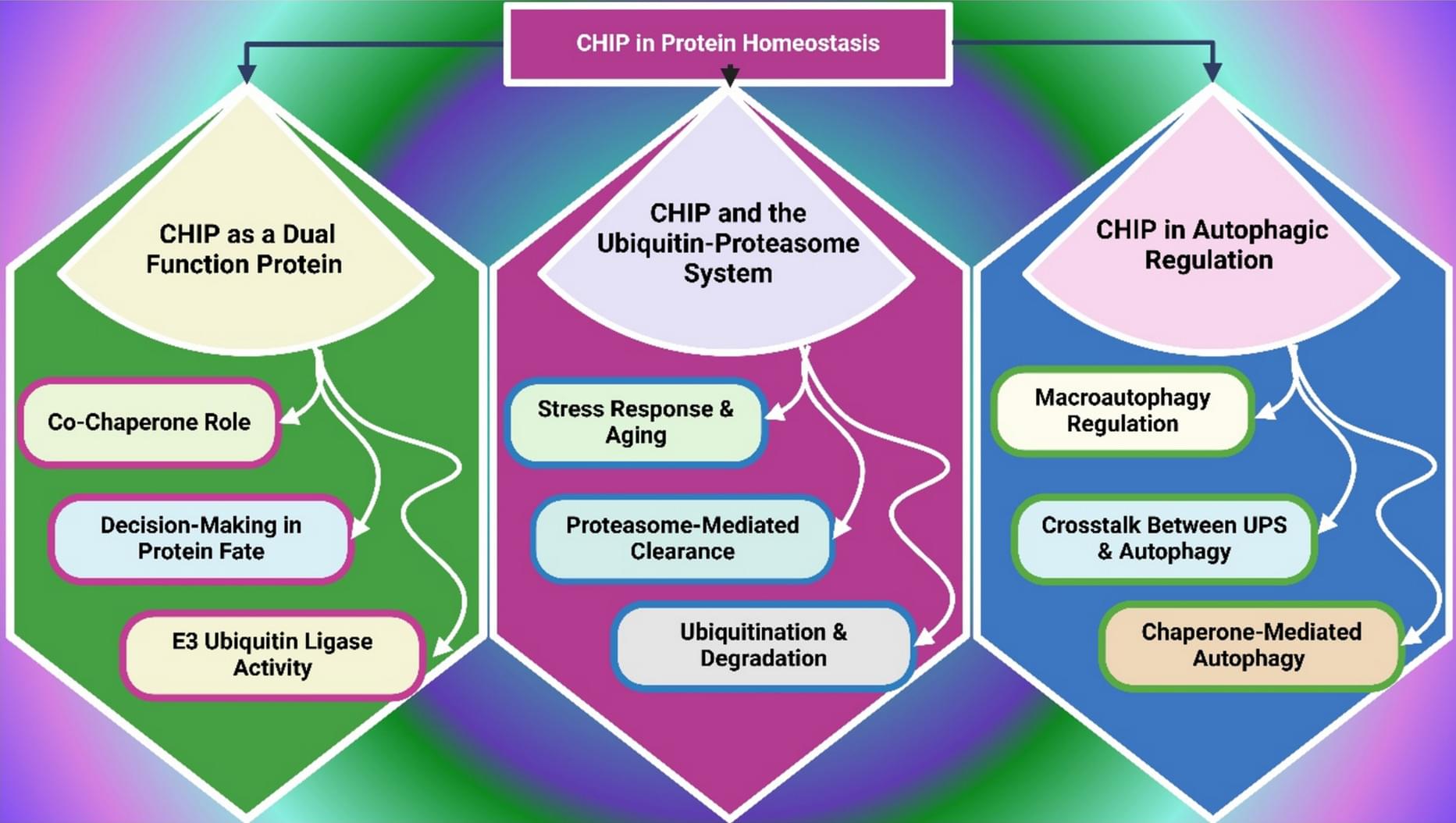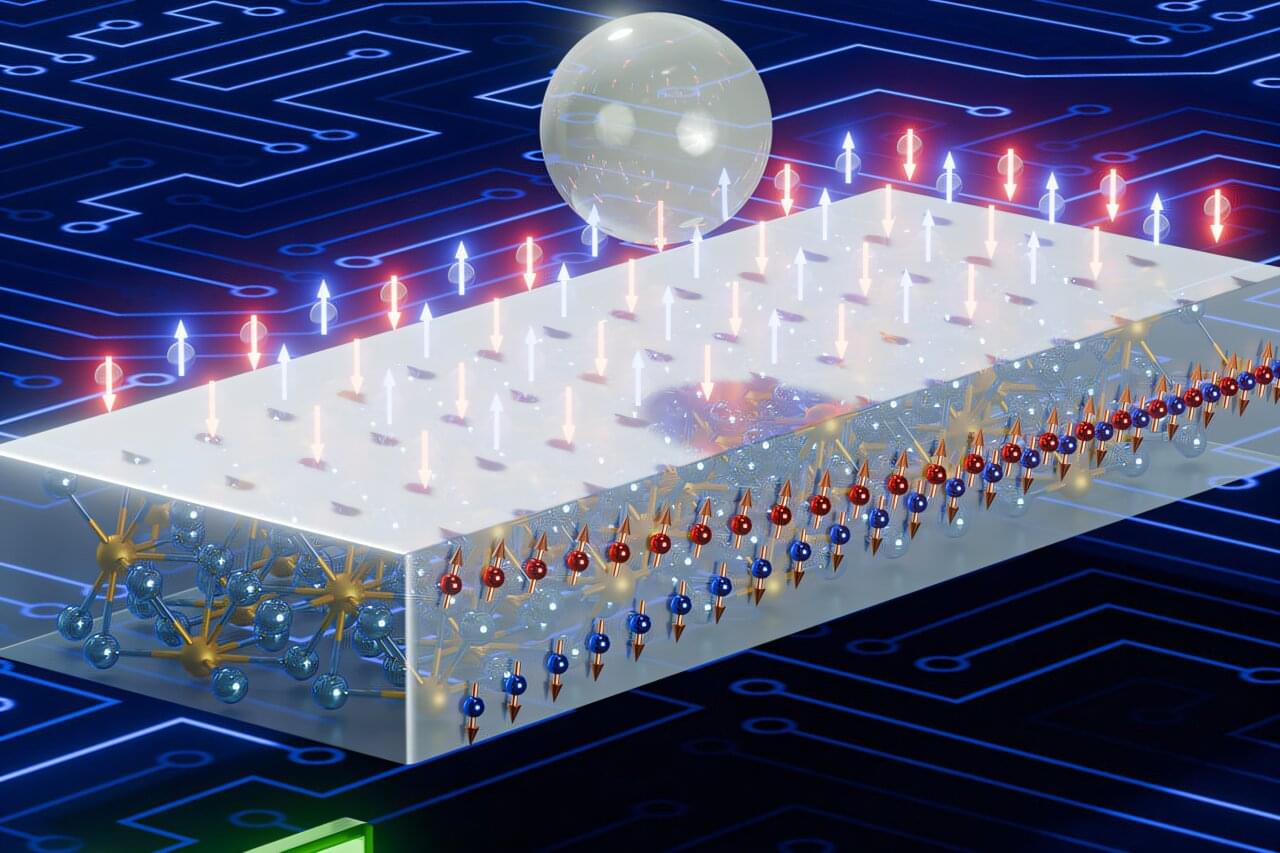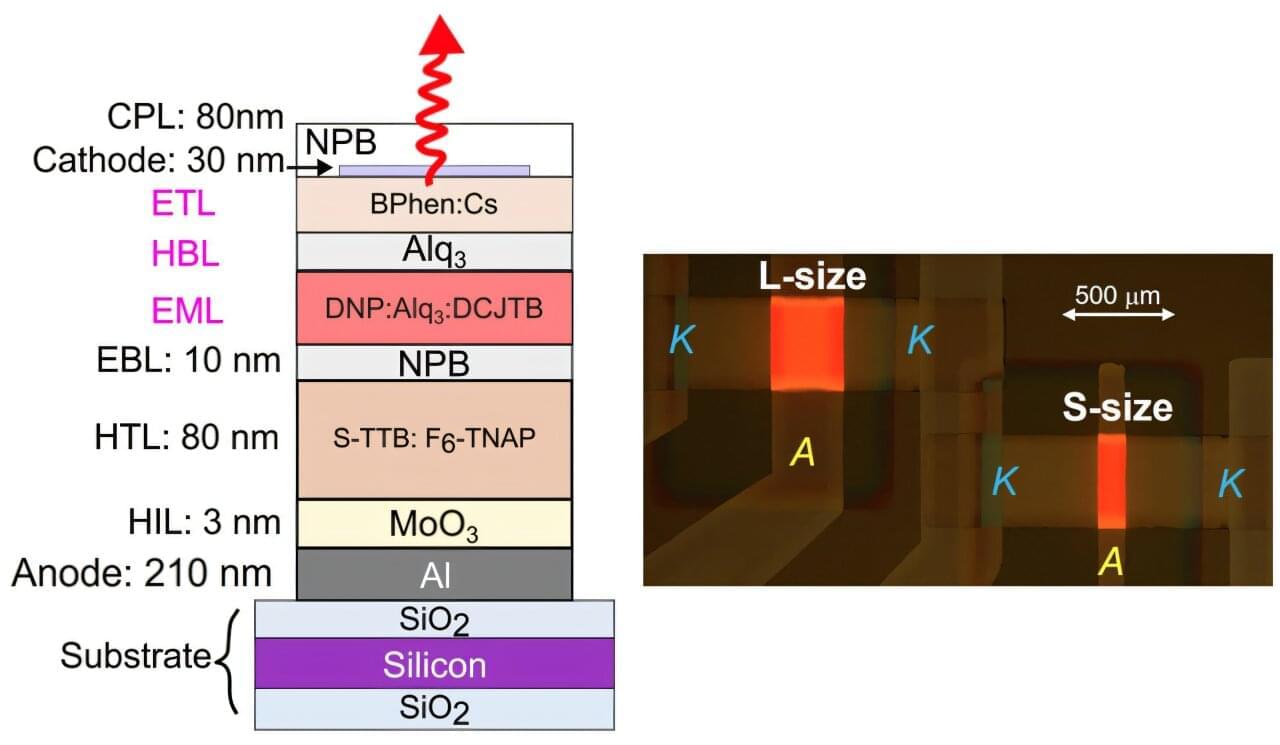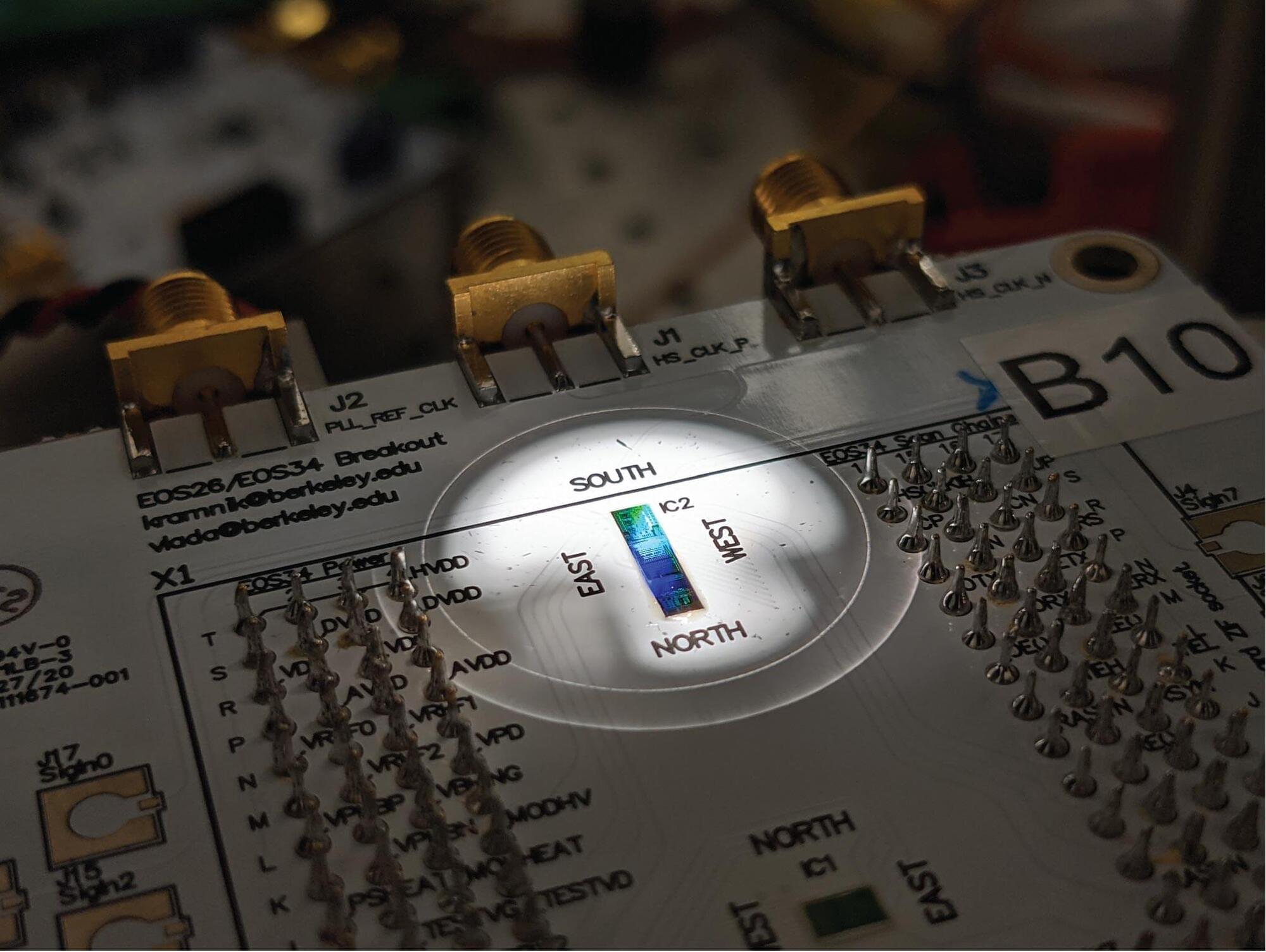A new attack campaign has compromised more than 3,500 websites worldwide with JavaScript cryptocurrency miners, marking the return of browser-based cryptojacking attacks once popularized by the likes of CoinHive.
Although the service has since shuttered after browser makers took steps to ban miner-related apps and add-ons, researchers from the c/side said they found evidence of a stealthy miner packed within obfuscated JavaScript that assesses the computational power of a device and spawns background Web Workers to execute mining tasks in parallel without raising any alarm.
More importantly, the activity has been found to leverage WebSockets to fetch mining tasks from an external server, so as to dynamically adjust the mining intensity based on the device capabilities and accordingly throttle resource consumption to maintain stealth.


